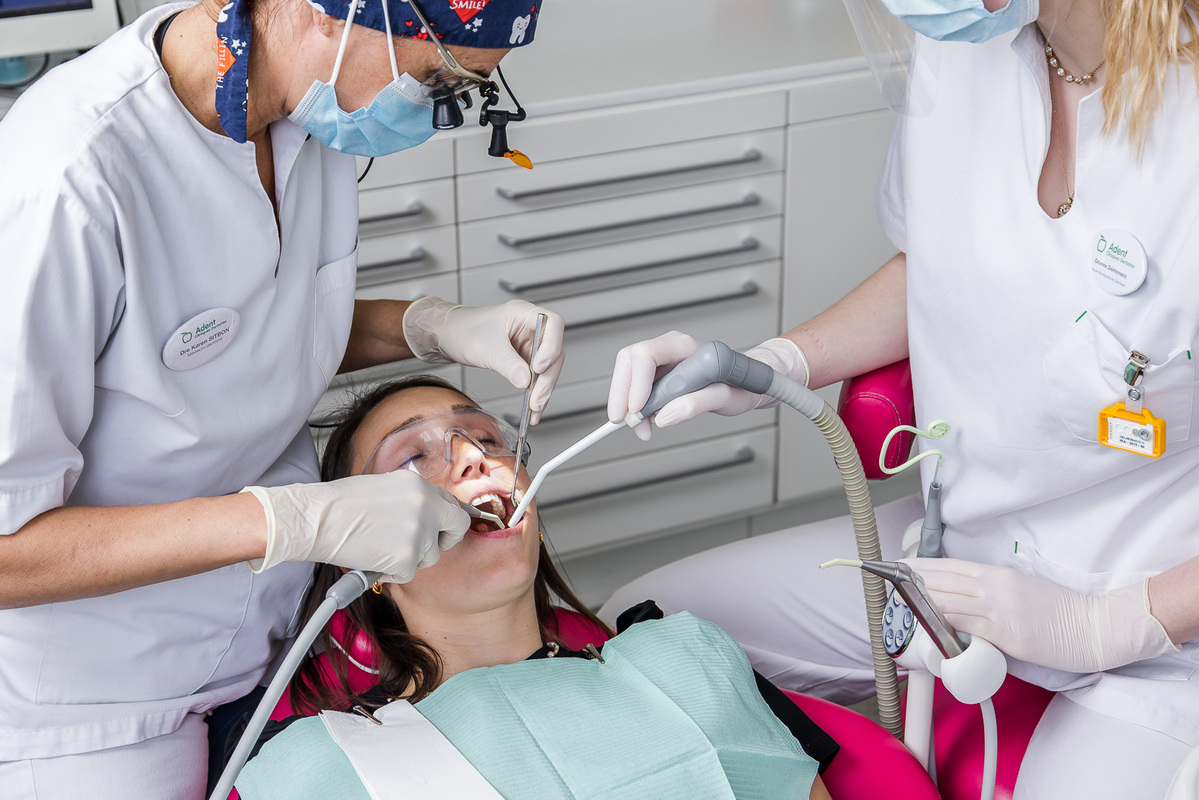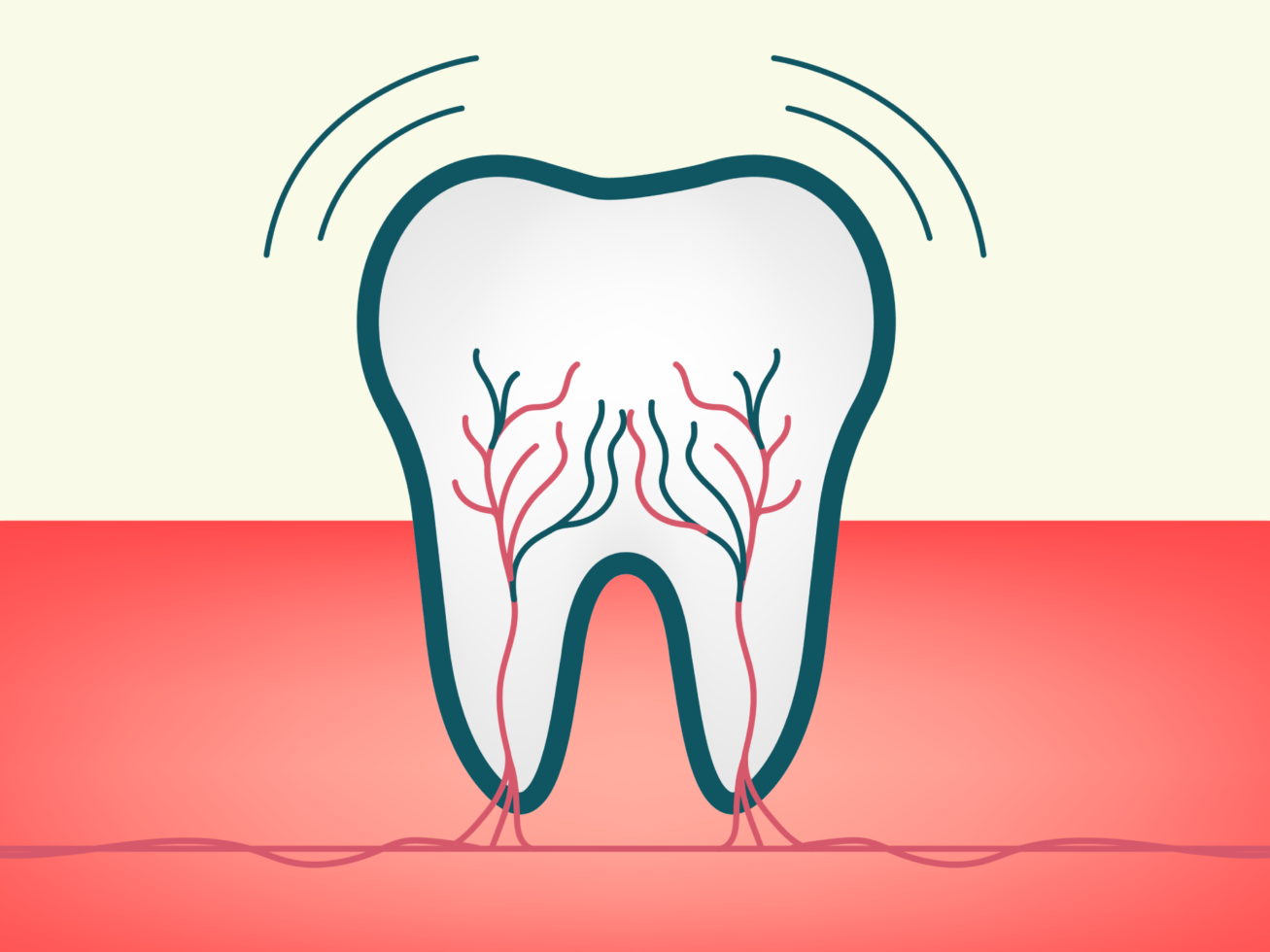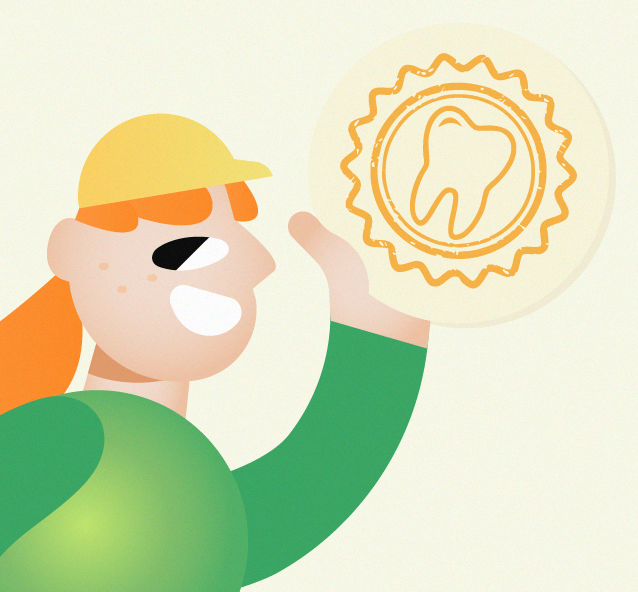What is dental hypersensitivity?
Dental hypersensitivity is a common and widespread toothache. The symptoms of dental hypersensitivity are acute, transient tooth pain on contact with external elements.
Many people suffer from dental hypersensitivity. Acute pain occurs when you bring your tooth into contact with hard, hot, cold or sweet foods, or when you apply your toothbrush to the tooth. Sensitivity is often transient and short-lived, sometimes causing a “flinch”. In some cases, despite the pain of toothache, no lesions are visible to the naked eye.

FAQ – Hypersensitivity and dental pain
Why do my teeth hurt?
Each tooth has at its center the dental pulp, the living heart of the tooth, made up of vessels and nerves that keep the tooth alive. Communication is created between the nerve and the pulp. The tooth therefore has the ability to receive and give messages.
What causes this hypersensitivity?
Dental sensitivities can be caused by a number of factors: inappropriate and aggressive brushing, a toothbrush that’s too hard, frequent consumption of acidic foods, teeth grinding or even a broken tooth. Anything that wears away and damages your tooth enamel can be a source of tooth sensitivity and toothache.
Your enamel is thus damaged, revealing a slightly yellower material called dentine. Dentin is the layer beneath the enamel. It’s made up of tiny canals called dentinal tubuli, linking the core of the tooth to the outer layer. Stripped of their enamel protection, these channels are highly sensitive transmitters of information. Aggressed by your brushing or by food, the canals send warning signals that cause pain.
What to do about sensitive teeth
In the presence of tooth sensitivity, dentin must be strengthened and canals (dentinal tubuli) blocked to prevent the transmission of information to the heart of the tooth. There’s a plethora of products on the market and in supermarkets to combat dental sensitivities, but that’s not always enough. Adopt good dental hygiene habits too: dirt also sensitizes your teeth!
Fluoride toothpastes for sensitive teeth. Tip: don’t rinse your mouth with water after brushing, as this will remove all the substances in the toothpaste and prevent them from working properly. After brushing your teeth, spit without rinsing.
Choose a toothpaste with a low RDA: you’ll find this term on the back of your tube. RDA stands for Relative Dentine Abrasivity, the degree to which toothpaste abrades your teeth. It indicates the toothpaste’s wear power. Do not exceed a value of 30 in the case of dental sensitivity.
Mouthwashes for sensitivities can also provide relief. Do not rinse your mouth with water after using dental mouthwash.
Use a soft toothbrush with gentle bristles and adapt the movements. Ask your dental hygienist for advice if you’re not sure which brushing technique to adopt.
Limit consumption of acidic foods, and whenever possible, use a straw. The liquid will be ingested without touching your teeth, and will not create additional tooth wear and sensitivity.
If dental hypersensitivity persists, contact your nearest dental clinic
Professional solutions can be proposed, including the application of a lacquer or varnish to protect and cover the sensitive area. The lifespan of these lacquers and varnishes may be limited, depending on your habits, so they need to be re-evaluated regularly by the professional.
Find my clinic


